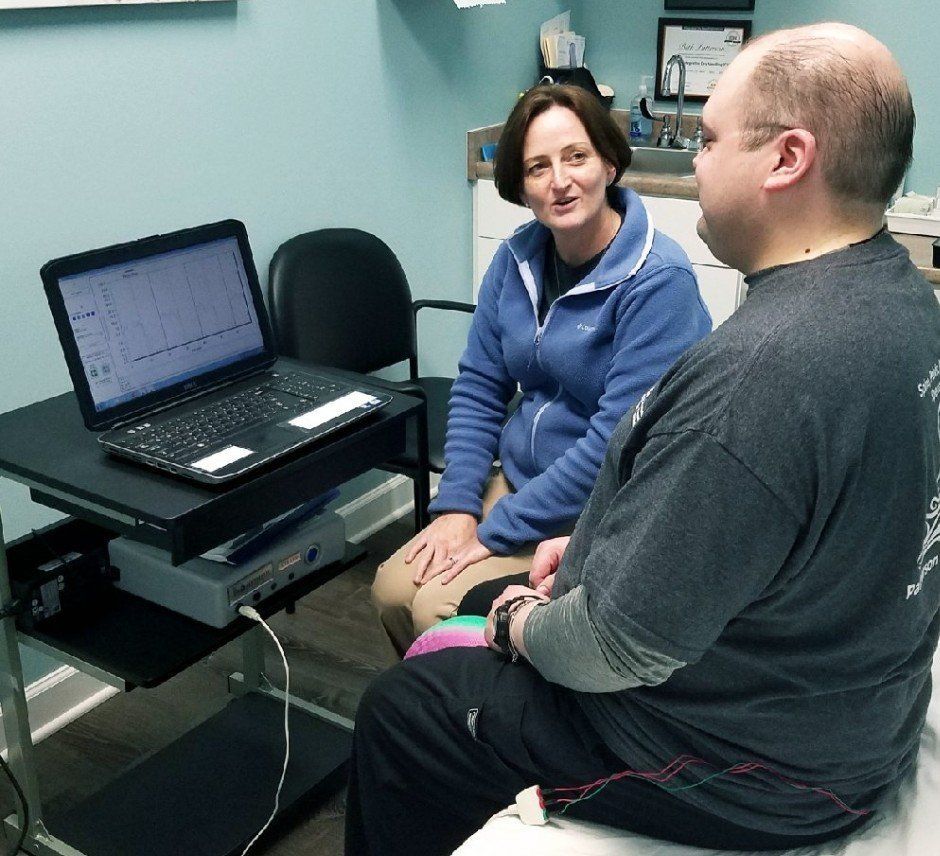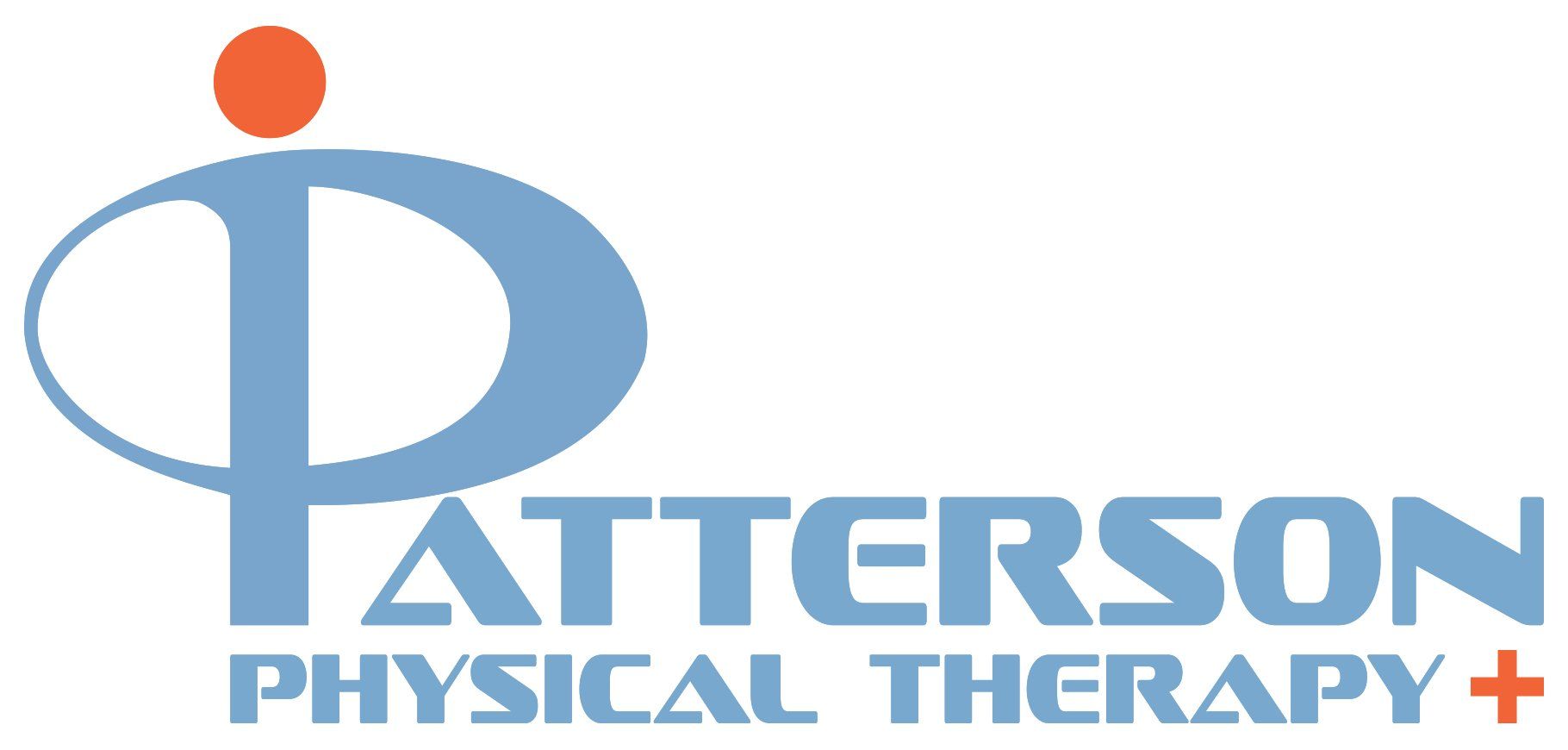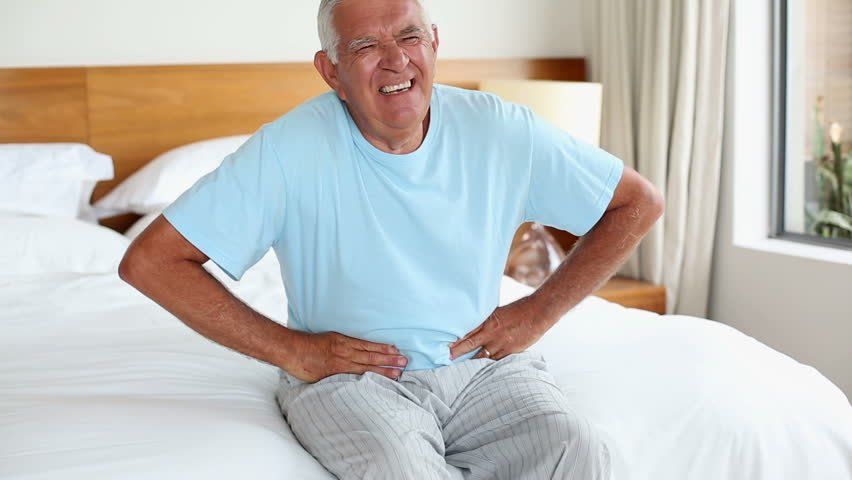Post Prostatectomy Complications, Male Pelvic Pain, Incontinence & Chronic Prostatitis
Enlisting Physical Therapy To Treat Incontinence
Before even beginning to think about physical therapy, a patient should see a doctor, because incontinence can stem from a urinary tract or other infection, certain medications, or neurological problems linked to diseases such as Parkinson's and diabetes.
Whatever The Cause, The Condition Is Common
- Approximately one person in ten over the age of 65 has experienced urinary incontinence.
- Women are more likely than men to have it.
- In most cases, urinary incontinence is treatable, and a physical therapist can go far in helping a patient regain bladder control.
- If the doctor recommends therapy, a physical therapist will put together a plan that includes a specific exercise routine for the pelvic floor muscles, a schedule for going to the bathroom, and recommendations for changes in diet.
How does a physical therapist figure out how to treat incontinence?
- Typically, the physical therapist will ask a patient to keep a log, or what's called a "bladder diary." For about a week, the patient should write down how often she went to the toilet, whether she had an accident, and what triggered it. For example, one frustrating and common form of incontinence among women is stress incontinence, in which a sneeze, a cough, or laughing can cause urine leakage.
- Also common in women is urge incontinence. Patients get a sudden, severe urge to get to the toilet, and the bladder begins contracting and losing urine along the way.
- Older women can have a combination of stress and urge incontinence.
What is bladder retraining, and how does it help?
Bladder retraining is based on the notion that you can control your bladder rather than the other way around.
- To help a patient get the upper hand, a physical therapist will devise a plan that combines scheduled toilet visits and behavior modification. If she has an accident every hour, for example, the therapist would have her follow a schedule of visiting the toilet every 45 minutes. After four to five days of no leakage between scheduled trips to the toilet, the interval would be lengthened by 15-minute increments, according to Harrington. But timing isn't the only change:
- Dietary changes such as reducing bladder irritants like caffeine may be part of the program.
- Modifying a patient's behavior is another aspect of bladder retraining and is part of coping with urge incontinence. Urge incontinence can be a sign of an irritable bladder, and when someone rushes to go to the toilet at an unscheduled time, it doesn't help this kind of incontinence. If the urge -- and resisting the urge -- to go at an unscheduled time is an issue, a physical therapist can work with a patient on ways to relax, which include deep breathing and pelvic floor muscle exercises.
What kind of exercises can help prevent incontinence?
The pelvic floor muscles support the bladder and help bladder control. If someone is incontinent, and can learn to strengthen those muscles, she has a better chance of improving her problem. "Women who did pelvic floor muscle training were more likely to report that they were cured or improved than women who did not," stated a review of studies involving 714 women published by the Cochrane Collaboration.
- Pelvic floor muscle exercises, known as Kegel exercises, are easy to do and can be done lying down, standing, or sitting without anyone around knowing about it. Many women do Kegels before, during, and after pregnancy to strengthen the muscles that support the bladder.
- A quick way to figure out how to do a Kegel is to try to stop or slow the flow of urine while urinating, and notice what muscles that action involves. To do a Kegel, you contract those same muscles for three seconds and then relax them. If you're pulling in your stomach, you're not using the right muscles.
How can biofeedback help relieve incontinence?
If a patient’s muscles are particularly weak, or it's hard for the patient to get a sense of which muscles are needed to contract. The patient can learn how to do Kegel exercises with the help of a television monitor or auditory signals through biofeedback.
The probe or electrodes are wired to a television monitor. With the help of a physical therapist, the patient can watch the contractions on screen and learn how to exercise the muscle to make it stronger.
How long does it take to regain bladder control through physical therapy?
There are no hard-and-fast rules, and physical therapy doesn't work for everyone. Building up to normal bladder control can take several months, but generally speaking, a patient should see some improvement in a short amount of time. Typically it takes three to four weeks to notice small changes, but even small changes should make the patient feel more in control.
What is Chronic Prostatitis?
It is the main urologic condition in men aged 30 to 50 and it is the third most common urologic condition in men over 50. It is NOT Cancer, NOT sexually transmitted, and NOT contagious.
Chronic Prostatitis comes in two basic types: with or without infection. The version with infection is treated with antibiotics. Below is information on treating Chronic Prostatitis WITHOUT infection.
What are symptoms of Chronic Prostatitis?
- Long-term pain in the pelvis about 90% of the time. Another term is CP/CPPS which stands for Chronic Prostatitis/Chronic Pelvic Pain Syndrome.
- Persistent moderate to sever pain in pelvis, lower back, rectum, groin, penis, scrotum, thighs or lower abdomen. Pain may be intermittent or constant.
How do you get CP/CPPS?
- Occasionally it follows a urinary tract or prostate infection even after the infection is gone.
- It is often connected to physical activities as well as emotional health.
Symptoms
- Pain before, during, or after urination
- Weak urinary stream
- Urgent, unexpected need to void or urinate frequently
- Pain for some during bowel movements
- Some men have sexual issues such as erectile dysfunction, painful ejaculation or decreased libido
What else should I know about CP/CPPS?
- There is no blood test or imaging modality to identify CP/CPPS-can take years to identify because symptoms mimic other conditions.
- Can impact your quality of life severely as having a heart attack or diabetes onset.
What is the treatment for CP/CPPS?
At Patterson Physical Therapy, we focus on relaxing tight muscles, aligning the pelvis, restoring muscle balance, teaching self-care and identifying situations which can contribute to CP/CPPS.
Get your life back! Call 731.300.4950 today.



